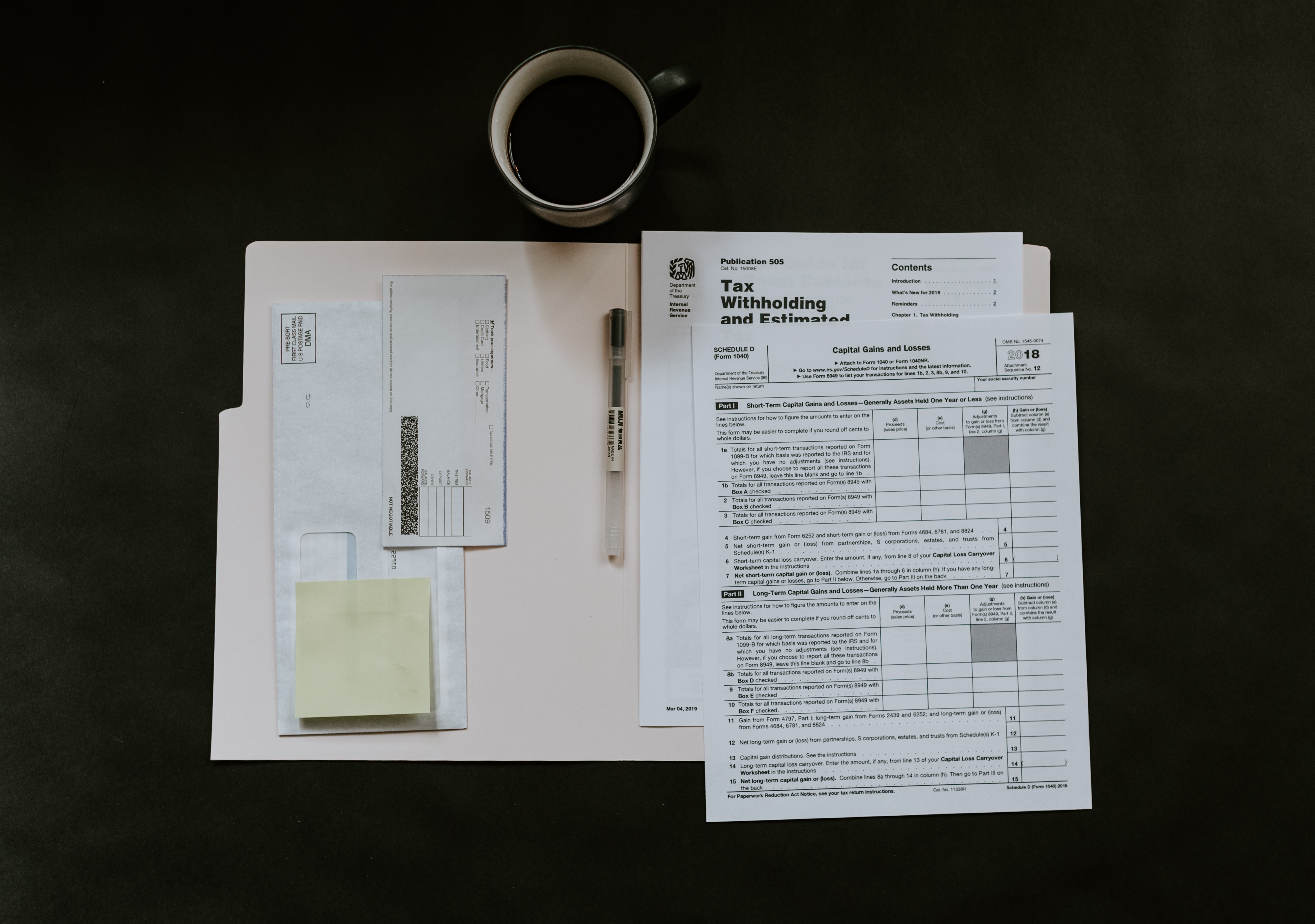It’s a struggle that every business faces: how to determine the selling price of a product?
Determining the perfect selling price for your products is a critical aspect that can make or break your eCommerce business. Price too high, and you could turn away dedicated consumers who love your brand. But prices that are too low can compromise your profits and leave you in a difficult financial position.
Throw in a competitor just over your shoulder looking to outmatch your price, and you can quickly find yourself in a race to the bottom.
Here at BlackCurve, we are committed to helping eCommerce and online sellers learn how to determine the price of a product using the latest technology available. Whether you're a newbie looking to launch your first product or a seasoned seller wanting to optimise your existing pricing strategy, this guide will offer invaluable insights on determining a product's selling price.
Let’s take a closer look at the factors affecting product pricing, explore various methods for setting the right price, and discuss critical mistakes to avoid in your pricing journey.
The Factors that Affect Product Pricing
Before diving into the various methods for how to determine the selling price of a product, it's essential to understand the multiple factors that can influence the price of your product. Here's a closer look at each:
1. Cost of Goods (COGS)
- Direct Costs: These are the expenses directly associated with creating your product, such as raw materials, labour, and manufacturing costs.
- Indirect Costs: These include overhead expenses like electricity, rent, and other operational costs that are essential to running your business but not directly tied to the production of any single item.

2. Market Demand
- Seasonal Fluctuations: Holidays, seasons, and special events can all affect the demand for certain products, impacting their price.
- Trends: Being aware of consumer trends can help you predict shifts in demand, allowing for dynamic pricing adjustments.
3. Competitor Pricing
- Price Skimming: This involves setting a high initial price for a new product and gradually lowering it. Understanding how competitors use this technique can help you set a competitive price.
- Penetration Pricing: The opposite of price skimming, this strategy involves setting a low initial price to penetrate the market before increasing it. Knowing when competitors employ this strategy can inform your own pricing.
4. Customer Perceived Value
- Brand Value: The strength of your brand can directly affect how much customers are willing to pay.
- Quality: The perceived quality of your product also plays a critical role in determining its price.
5. External Factors
- Taxes, Tariffs, and Shipping: Don't forget to factor in additional costs, such as taxes and shipping, when determining your final retail price.

Methods for Determining Product Price
Determining the perfect selling price for your products involves a nuanced approach that combines various strategies built around your current reality. Here are some advanced insights into the most effective methods for setting the ideal price for your eCommerce business.
1. Cost-Plus Pricing
A mainstay in traditional retail and eCommerce alike, Cost-Plus Pricing involves calculating the cost of producing an item and adding a markup for profit.
Let's consider an online clothing retailer that produces t-shirts. If the total cost (direct and indirect) of making one t-shirt is £10, and they add a 50% markup, the selling price becomes £15. However, businesses can further refine this by introducing tiered markup systems, encouraging bulk buys and higher order values.
2. Dynamic Pricing
Uber is a classic example of Dynamic Pricing done right, with prices that fluctuate based on demand. Similarly, an online electronics retailer could dynamically adjust the prices of popular gadgets during holiday seasons, special events, or when competitor prices change.
Employing Dynamic Pricing algorithms allows the retailer to adjust prices in real time, but it's crucial to set maximum and minimum price boundaries to maintain customer trust.

3. Psychological Pricing
Want to know how to determine the price of a product? Follow the giants. Apple employs Psychological Pricing to a great extent, such as pricing their iPhone at £699 rather than a rounded £700.
This 'charm pricing' technique can be equally effective for smaller eCommerce businesses. An online cosmetics shop could price a premium lipstick at £19.99 instead of £20, subtly encouraging more purchases by creating the impression of a deal.
4. Value-Based Pricing
Value-Based Pricing is often key in subscription services, like software-as-a-service (SaaS) platforms.
For example, a company offering an online graphic design tool might set the price based on how much users value the ability to create unlimited designs easily. After conducting customer surveys and gathering data on perceived value, they could price a monthly subscription at £30 if users see that as equal to the value received.
5. Competitor-Based Pricing
Amazon frequently uses Competitor-Based Pricing by monitoring prices of the same or similar products across different platforms.
For your eCommerce store, say you're selling handmade leather wallets. If a competitor offers a similar wallet for £50, but yours includes a built-in RFID blocker for added security, you might choose to set your price at £55 to signify the added value while remaining competitive.
Key Mistakes to Avoid in Product Pricing
Navigating the intricacies of product pricing in eCommerce involves a lot more than simply putting a price tag on your goods. Various missteps can have detrimental effects on both your sales and reputation. Here are some key mistakes you'll want to steer clear of:
Underpricing
Setting your prices too low might initially seem like a quick way to attract customers, but it can be a perilous path. For example, an online bookstore that undercuts all competitors without a sustainable strategy could face severe cash flow problems.
When prices are too low, you not only diminish your profit margins but may also create a perception of low quality or value, making it difficult to raise prices in the future.
Overpricing
On the flip side, setting prices too high can equally be problematic. That’s why knowing how to determine the price of a product requires careful nuance.
Let's consider a newly launched eCommerce site selling designer handbags. If their prices are substantially higher than well-established competitors without offering additional value or uniqueness, they risk alienating potential customers and could face low sales volumes. Overpricing could also make your products susceptible to competitor undercutting – losing you market share.
Ignoring Market Trends
The market is always in flux, influenced by seasonal changes, consumer trends, and economic conditions. Ignoring these dynamics is a cardinal mistake.
For instance, a retailer specializing in winter sports gear who fails to adjust prices during the off-season may find themselves saddled with unsold inventory. Similarly, not capitalizing on a sudden surge in demand for home fitness equipment during a lockdown would also be a missed opportunity.
Neglecting Competitor Analysis
Operating in a bubble without an eye on your competitors' actions can be detrimental.
For example, if you're selling artisanal coffee online and a competitor starts offering free shipping, not matching or bettering that offer could lead to a significant loss in customer loyalty and sales.
Continuous competitor analysis helps you adapt your pricing strategy in real time, ensuring you're neither undervalued nor overpriced in the marketplace.
Master Your Pricing Strategy with Modern Tools
Crafting the perfect pricing strategy is no small feat, and doing so without the right tools and insights is like navigating a maze blindfolded. This is where sophisticated tracking and analytics tools like BlackCurve come into play, offering a robust solution that eliminates guesswork and helps you sidestep the most common pricing mistakes.
- Avoids Underpricing and Overpricing: Real-time analysis of COGS, customer demand, and competitor pricing helps pinpoint the optimal selling price.
- Tracks Market Trends: Constant monitoring of market fluctuations enables proactive pricing adjustments.
- Comprehensive Competitor Analysis: Keeps you updated on competitor pricing and promotions for strategic response.
- Dynamic Pricing Capabilities: Algorithmic solutions automatically adjust your prices based on set criteria and market conditions.
- Data-Driven Decision Making: Customisable dashboards and detailed analytics provide actionable insights for informed pricing strategies.
By leveraging these features, eCommerce businesses can fine-tune their pricing strategies to avoid common mistakes and maximise profitability. Want to learn more? Check out BlackCurve today and get started for free. And don’t miss our podcast - where you can learn more about pricing strategies and the latest trends in eCommerce.
See how easy it is to set up dynamic pricing and stay one step ahead of the competition.

